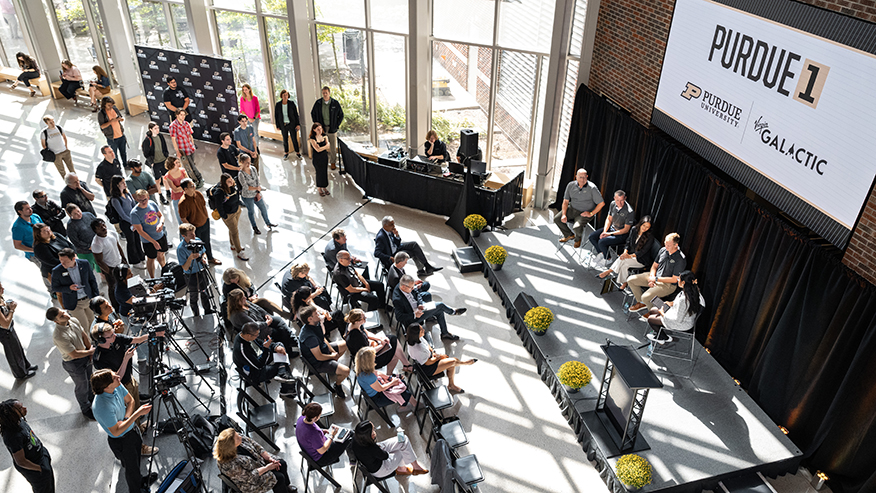Recommended NBA Bet Amount: Expert Tips for Smart Wagering Decisions
When it comes to sports betting, particularly in the NBA, I’ve always believed that the key to long-term success isn’t just picking winners—it’s managing your money wisely. Over the years, I’ve seen too many bettors, even knowledgeable ones, lose their bankrolls because they didn’t have a clear betting strategy. One of the most common questions I get asked is, "How much should I bet on an NBA game?" It’s a deceptively simple question, but the answer can make or break your entire wagering experience. Let me share some insights I’ve gathered, not just from crunching numbers, but from observing how different approaches play out over a season. Think of it like navigating a complex racecourse—much like the Rainbow Road in Mario Kart, which happens to be my all-time favorite track. That course is a sprawling triumph, a visual feast that stands apart because it’s disconnected from the rest of the game world. It’s lengthy, diverse, and demands both skill and adaptability—qualities that parallel smart betting. Just as you wouldn’t go full throttle on every turn in Rainbow Road, you shouldn’t bet the same amount on every NBA game. Instead, you need a plan that accounts for risk, confidence, and your overall financial picture.
In my experience, a solid starting point is the "unit system," where one unit represents a fixed percentage of your total bankroll—usually between 1% and 5%. For beginners, I typically recommend sticking to 1-2% per bet, which might seem conservative, but it’s saved me from ruin during losing streaks. Let’s say you have a $1,000 bankroll; that means betting $10 to $20 per game. It doesn’t sound like much, but over a full NBA season with around 1,230 regular-season games, consistency matters more than chasing big wins. I’ve tracked my own bets for the past three seasons, and by using a 2% unit size, I’ve managed to grow my bankroll by roughly 15% annually, even with a win rate of just 55%. Of course, this isn’t one-size-fits-all. If you’re more experienced and have a proven edge, you might bump it up to 3% or even 4% for high-confidence plays. But I’ve learned the hard way that going beyond 5% is like trying to shortcut Rainbow Road’s tricky curves—it might work once, but it’ll likely send you spiraling. One season, I got overconfident after a hot streak and upped my bets to 10% per game; a couple of bad beats later, I’d wiped out nearly 40% of my bankroll. It was a painful lesson in discipline, and it reinforced why I now adjust my bet amounts based on factors like odds, matchup analysis, and even player rest days.
Beyond basic unit sizing, I always consider the context of each game. For instance, betting on a back-to-back game where star players might be rested requires a different approach than a playoff matchup. I lean on data here, like tracking teams’ performance against the spread—last season, for example, the Denver Nuggets covered in over 60% of their home games, which made them a more reliable bet in those scenarios. But data alone isn’t enough; you have to blend it with intuition. Take the Mario Kart analogy: Rainbow Road isn’t just about memorizing the track; it’s about feeling the rhythm of the race. Similarly, I might reduce my bet to 1% on a game with unpredictable variables, like a key injury, while going up to 3% if I’ve spotted a line that seems off based on my research. I also factor in the odds—for underdogs with longer payouts, I might risk a smaller amount for a bigger return, whereas for favorites, I’ll often bet more to win less but with higher confidence. It’s all about balancing risk and reward, much like how Rainbow Road mixes straightaways with sharp turns to keep you on your toes. Over time, I’ve found that this flexible approach helps me stay engaged without burning out, and it’s why I’ve stuck with betting as a hobby rather than a stress-inducing gamble.
Another aspect I can’t stress enough is emotional control. It’s easy to get swept up in a winning streak or chase losses after a bad day, but that’s where most bettors fail. I set daily and weekly loss limits—for me, it’s 10% of my bankroll in a day or 25% in a week—and once I hit those, I step away. It’s like pausing during a tough section of Rainbow Road to regroup instead of rushing in and crashing. I also keep a betting journal, noting not just wins and losses, but why I made each bet. This has helped me spot patterns, like overbetting on primetime games or underestimating travel fatigue. On a personal note, I’ve found that sharing strategies with a small group of trusted friends keeps me accountable; we’ll discuss picks and call each other out if someone’s betting too aggressively. It’s a reminder that betting, much like gaming, should be fun and social, not isolating.
Wrapping this up, the essence of smart NBA betting boils down to treating it as a marathon, not a sprint. Just as Rainbow Road stands out in Mario Kart for its length and diversity, a successful betting journey requires patience, adaptability, and a well-thought-out plan. By starting with a conservative unit size, adjusting based on context, and keeping emotions in check, you’ll not only protect your bankroll but also enjoy the process more. I’ve seen too many people jump in without a strategy and end up frustrated, while those who take the time to learn and adjust often find long-term success. So, whether you’re a casual fan or an aspiring sharp, remember: the goal isn’t to win every bet, but to make every bet count. And if you ever feel overwhelmed, just think of it like mastering that favorite Rainbow Road course—challenging, yes, but incredibly rewarding when you get it right.


